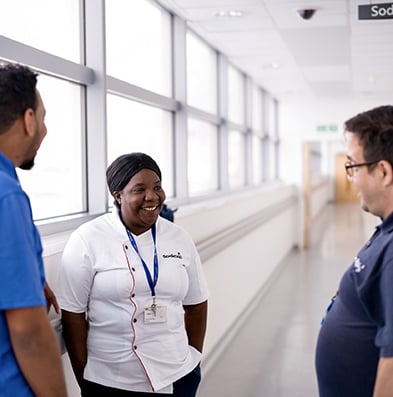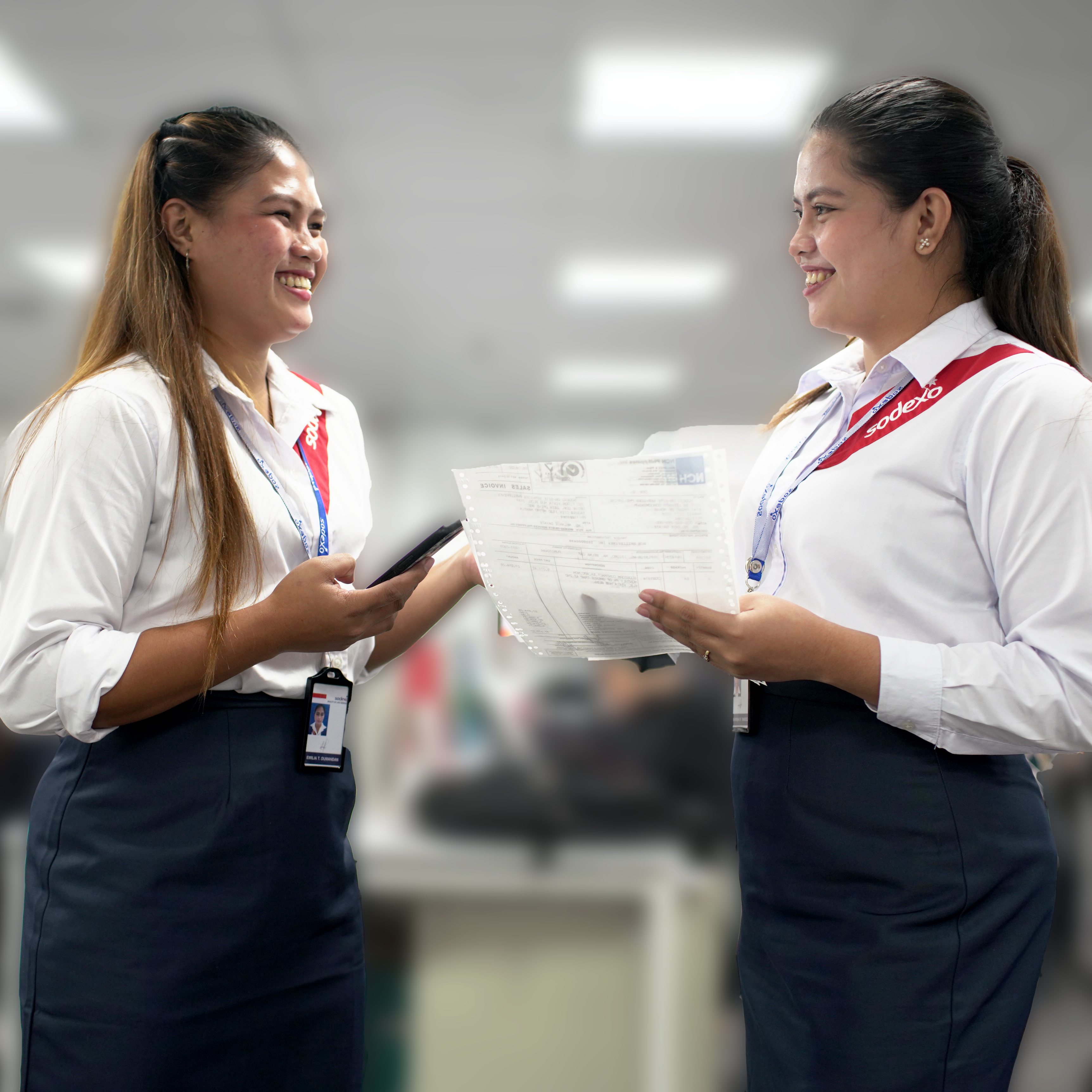
Your Success is Our Mission
We listen, learn and bring our experience to create tailored food and facilities management services unique to your business needs. From enhancing employee well-being through sustainable, nutritious and delicious food offerings to optimizing your facilities for peak efficiency and cleanliness, your goals are at the center of our solutions.
We are the global leader in sustainable food and valued experiences at every moment in life: learn, work, heal and play. We believe in creating a better day for everyone to build a better life for all








.jpg?h=1088&iar=0&w=1088)
